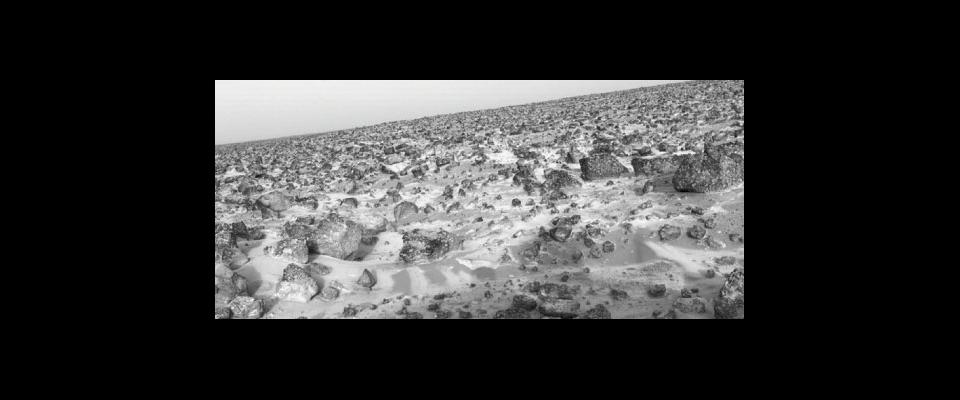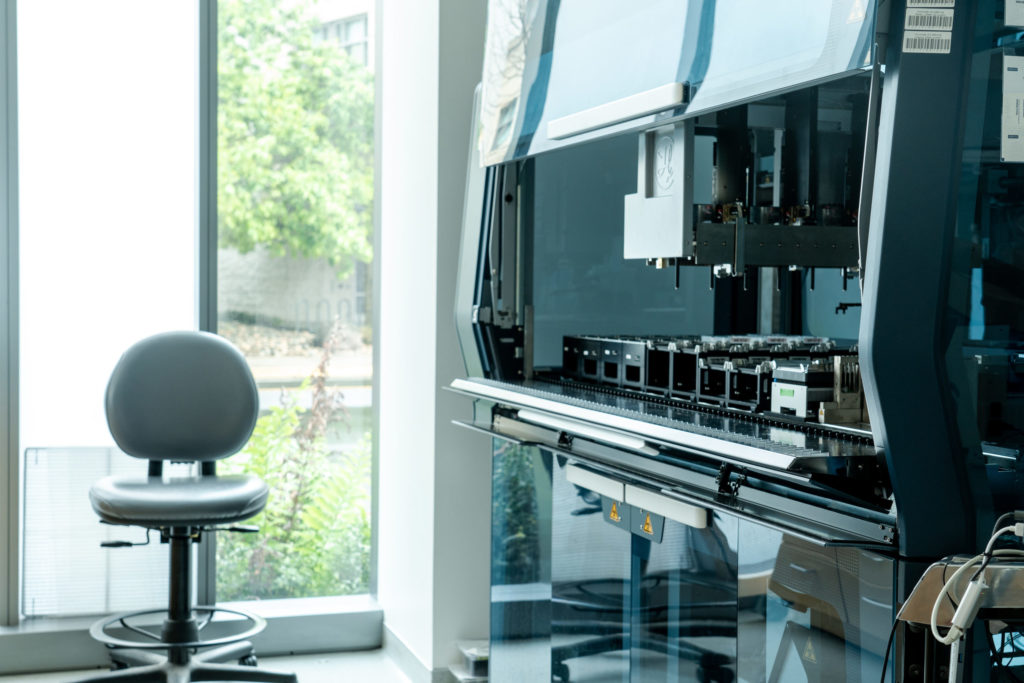A Berkeley chemist’s long-ago prediction turns out to be accurate, but for the wrong reasons.
In June, U.S. space scientists announced “with great pride and a lot of joy,” that they had spotted frozen water—ice—in robotic images from the surface of Mars. The discovery confirmed a scientific prediction by a Berkeley chemist nearly 40 years ago. Mars is wet. Oddly, he based the prediction on a totally erroneous observation.
On May 25, the Phoenix robotic lander touched down in the northern highlands of Mars. On June 15, while digging in the alien soil, its robotic arm exposed chunks of bright material. Were they salt deposits? Frozen carbon dioxide? Or frozen water, the potential elixir of life? Within several days, the chunks did what frozen water should do at the local temperature in that thin, frigid atmosphere: They shrank by directly converting from solid to vapor (sublimation).
“This is the first time we’ve ever touched [water] ice on Mars!” said the Mars-water investigator Taylor Perron, Ph.D. ’06, who is now a postdoc at Harvard. For decades scientists have gathered overwhelming indirect evidence of Mars ice, but “Phoenix has confirmed that the ice is really there.”
In the summer of 1969, the robot spaceship Mariner 7 flew by Mars carrying an infrared spectrometer developed by Berkeley chemists George C. Pimentel, Ph.D. ’49, and Kenneth C. Herr, Ph.D. ’64. On August 7 at the Jet Propulsion Laboratory in Pasadena, Pimentel announced that the sensor had detected methane and ammonia gases on Mars. His statement “produced a general gasp among scientists and newsmen,” the Times reported the next day. On Earth, methane gas is a chemical byproduct of living organisms such as microbes. Pimentel and Herr also challenged orthodoxy by suggesting that the southern polar ice cap was water ice, not frozen carbon dioxide, and that melted water nourished the microbes.
After several weeks of excitement, Pimentel popped his own balloon. He retracted his claim, stating that he had misidentified frozen carbon dioxide gas as methane. Yet as science history shows, some creative researchers have important insights for the wrong reasons. In that regard, Pimentel (who died in 1989) has been vindicated on at least one count: Experts now agree the Martian south pole is mostly water ice.
The debate could be resolved within a few years. Another robot, NASA’s Mars Science Laboratory, is scheduled for launch in 2009. After landing on Mars, the robot will “sniff” the air for different isotopes of methane. On Earth, microorganisms generate methane with characteristic isotopic ratios. If the robot detects similar isotopes, that could be a big step toward an epochal discovery—that Earth isn’t the sole inhabited planet. It’s possible, though, that the methane is generated by non-biological chemical processes. Future astronauts might drill deep into Mars in hopes of uncovering whether the source of the methane is zillions of methane-spewing microbes.
If they succeed, then NASA should consider naming the robot’s landing site Camp Pimentel. It would be a fitting tribute to the Berkeley chemist who—via astute intuition or a cavalier hunch—foresaw that historic day.





















